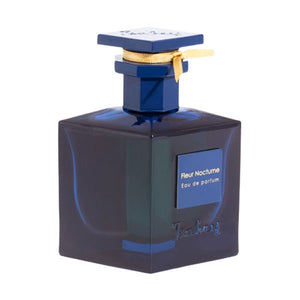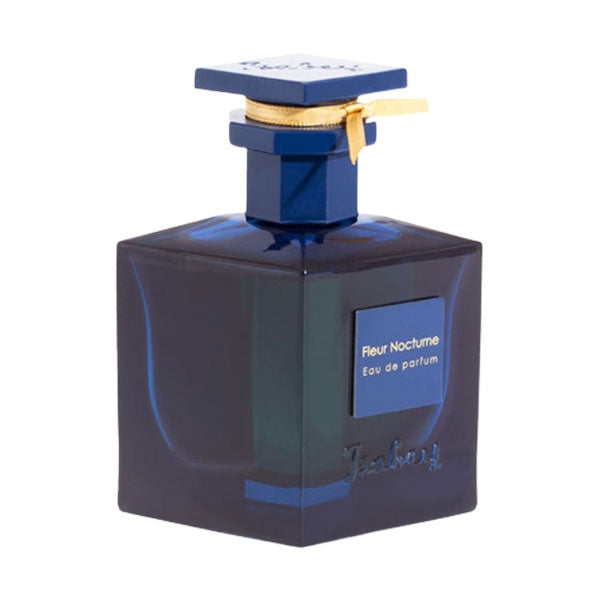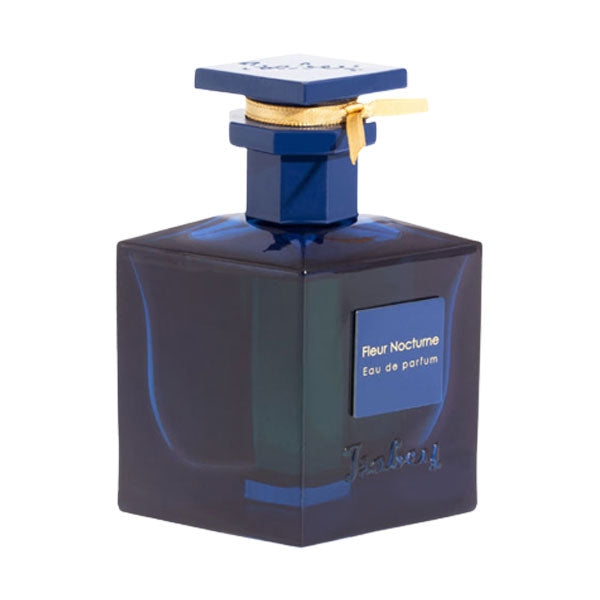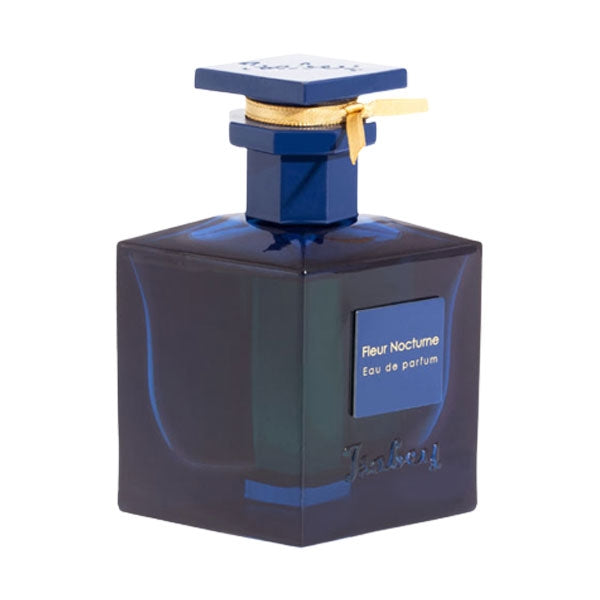This treasure from Isabey was first introduced in 1925 in a solid purple crystal bottle designed by master crystal glassmaker Ludwig Moser from Karlsbad in Bohemia. Today, only a few original bottles remain, one of which is in the Museum of Perfumery in Grasse, France.
The original name Bleu de Chine could not be used for the reissue of the fragrance, as it is now protected for another product. The current name is therefore Fleur Nocturne.
Inspired by the world of precious stones, crystals and amethyst, the fragrance is a blend of a bouquet of white flowers and fruity accents on a sensual base note.
The top notes are characterised by mandarin, apricot blossom and white peach. The heart notes are dominated by jasmine, magnolia and gardenia. The base notes are powerful with an accord of vanilla and patchouli.

Isabey - Fleur Nocturne
- Regular price
- 139,00 €
- Sale price
- 139,00 €
- Regular price
-
- Unit price
- 2,780.00 € / 1 l

Mehr über Isabey
The history of Parfums Isabey began on 1 February 1924 in Paris with the ‘Société Parisienne d'Essences rares et de Parfums’, translated as the Parisian Society for Rare Essences and Perfumes, founded by Maurice Loewe. Just a few months later, in May 1924, he opened his first shop at number 20 on the prestigious Rue de la Paix in Paris, under the name Isabey, inspired by the romantic painter. The company, which from then on was known exclusively as Isabey, enjoyed great success in the '20s, and its products became must-haves of the era. A highlight in the company's history was the gold medal for perfumes awarded to Isabey's bestseller Gardénia at the “Exposition internationale des Arts Décoratifs et industriels modernes”, the Art Deco hotbed par excellence. It was not only the fragrance that caused a sensation at the time, but also the presentation of the product in a special bottle designed by Julien Viard, the god of bottle design, whose mouth-blown glass with an iridescent lacquer finish gave it the appearance of a pearl.
The Second World War in 1941 meant the end of the perfume house for the time being. However, in 2006, the perfumery company Panouge revived both the Gardénia fragrance and the later Bleu de Chine, which is now available under the new name Fleur Nocturne. It is no exaggeration to say that a piece of cultural history that was thought to be lost has been rescued from oblivion, and a classic that has lost none of its appeal is now enjoying a renaissance.


